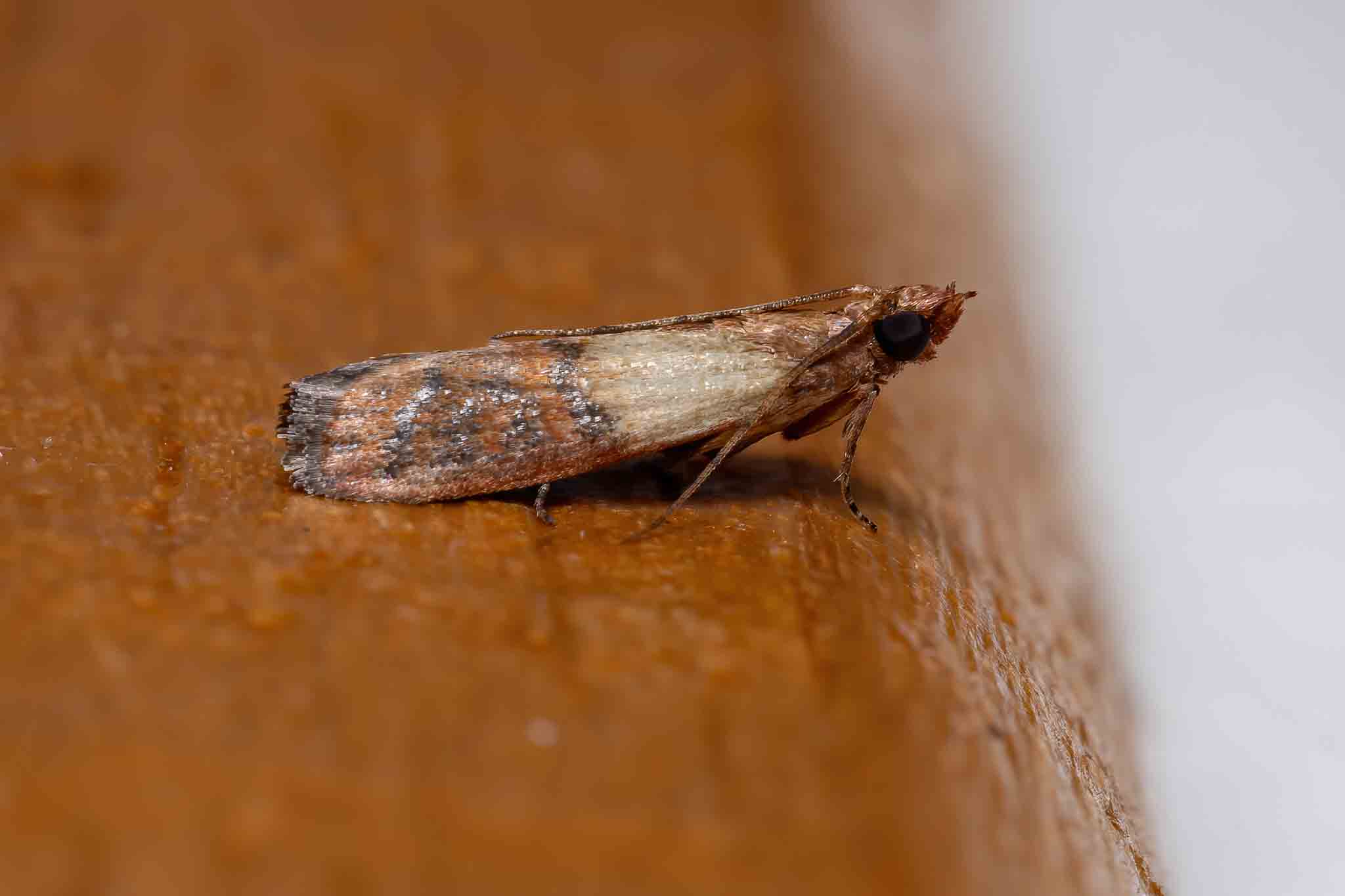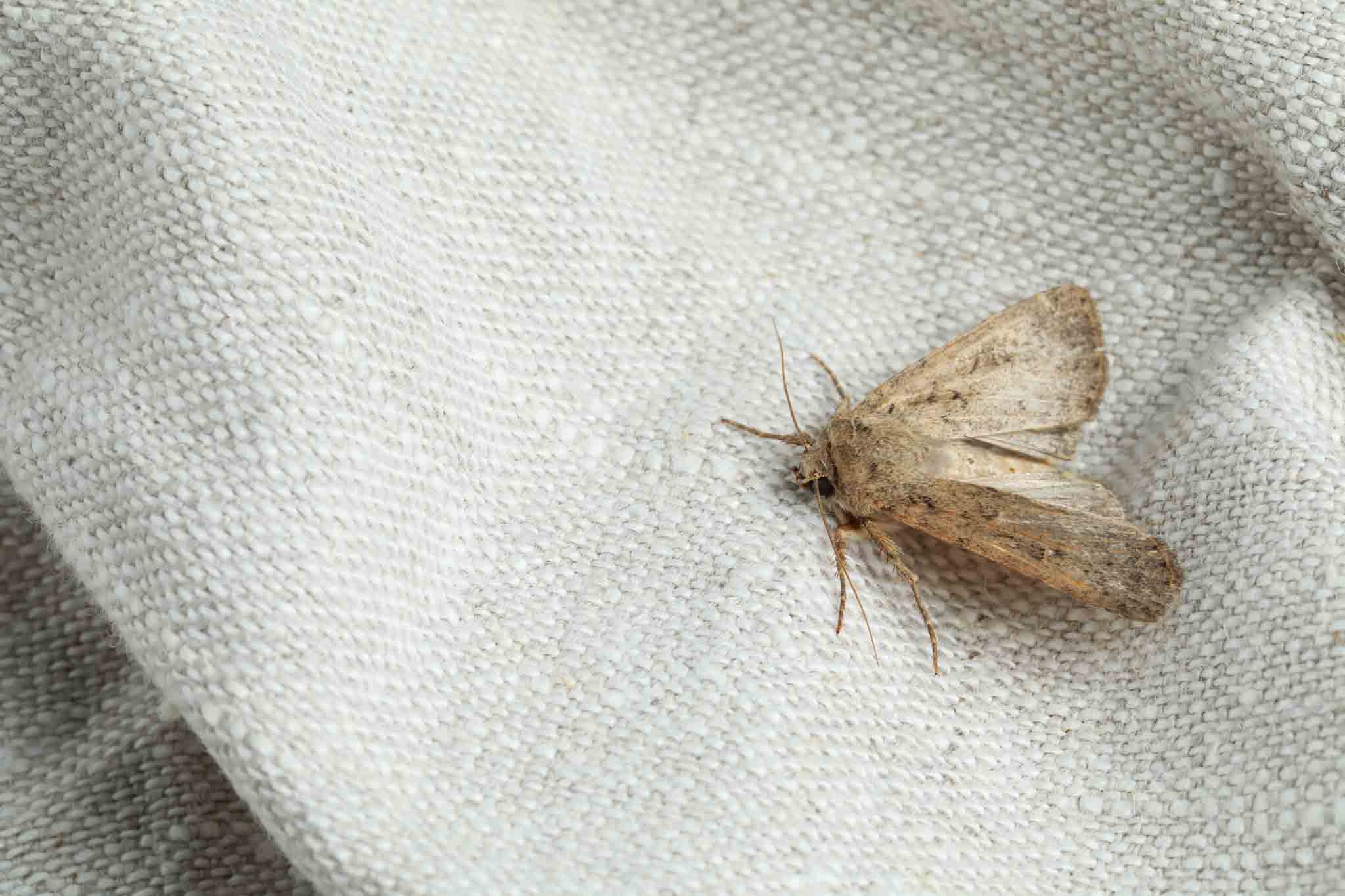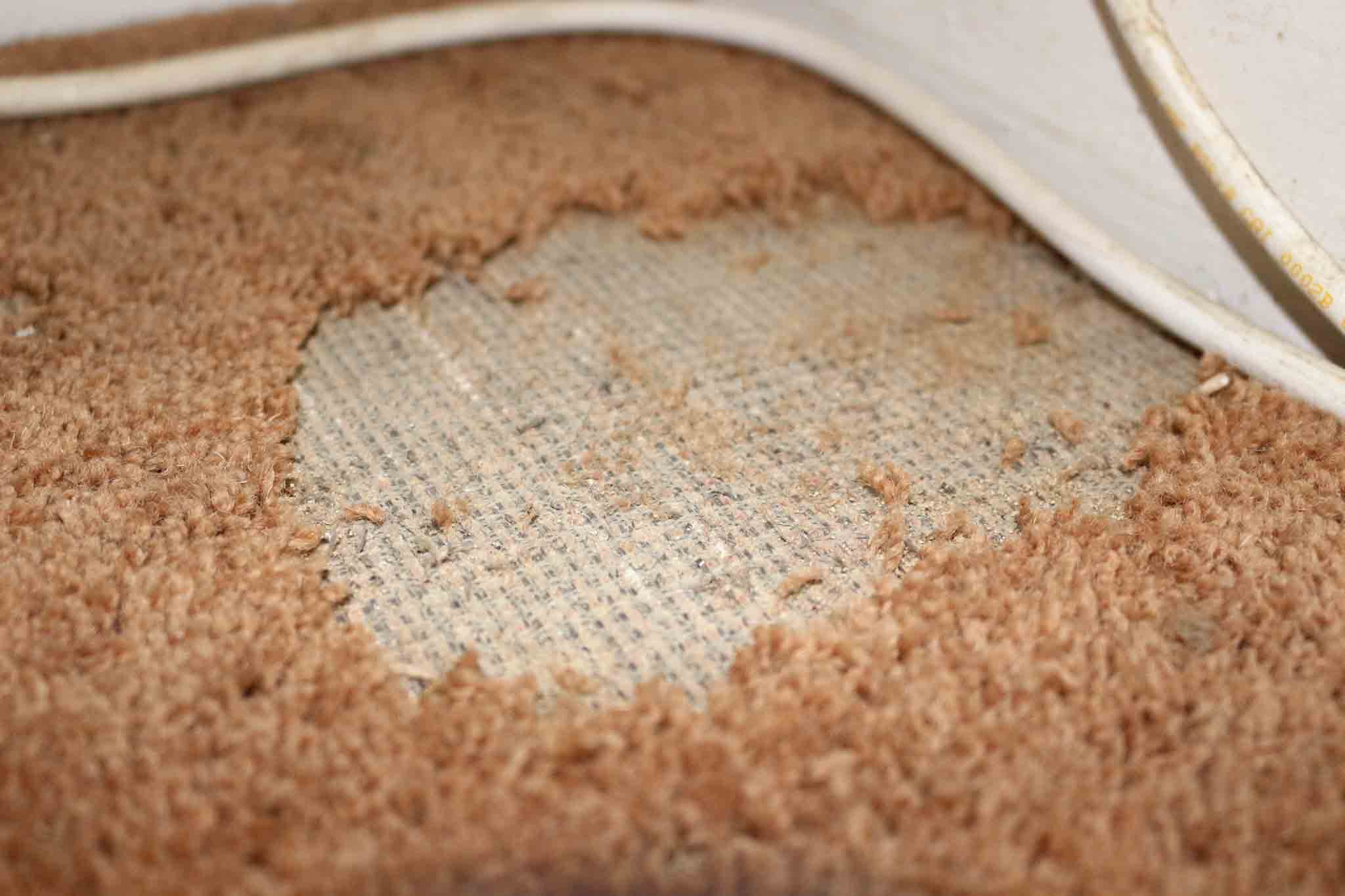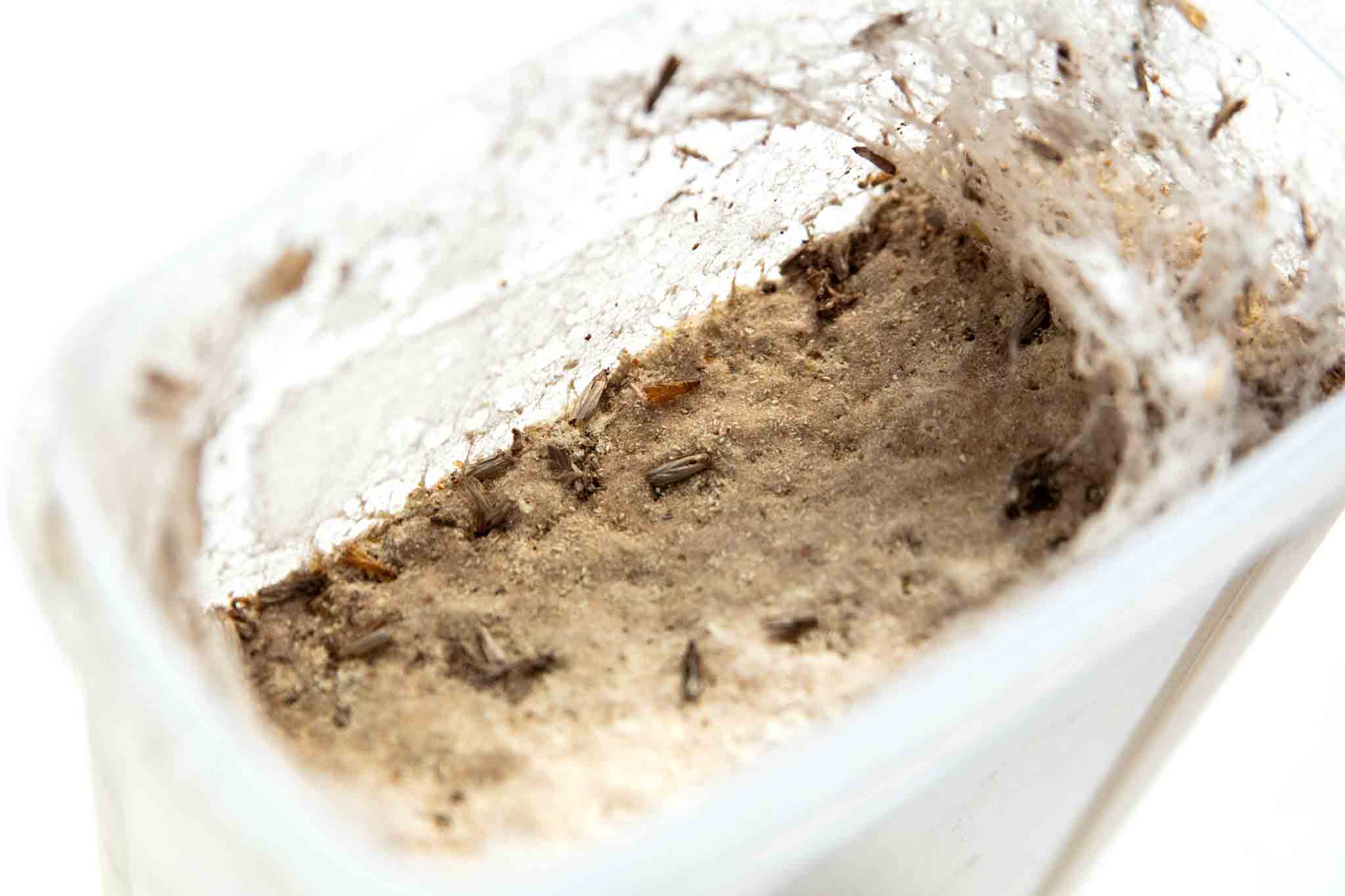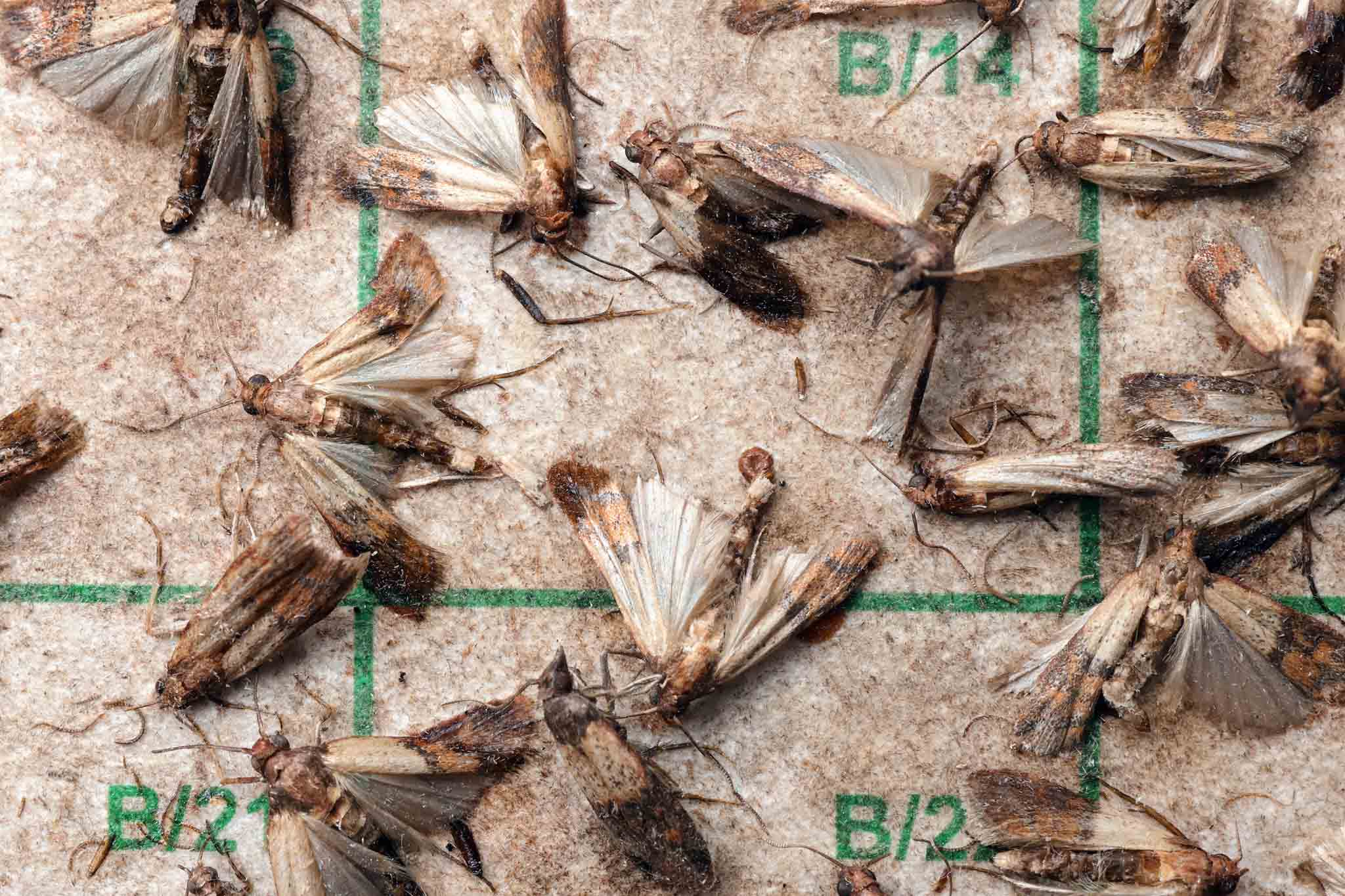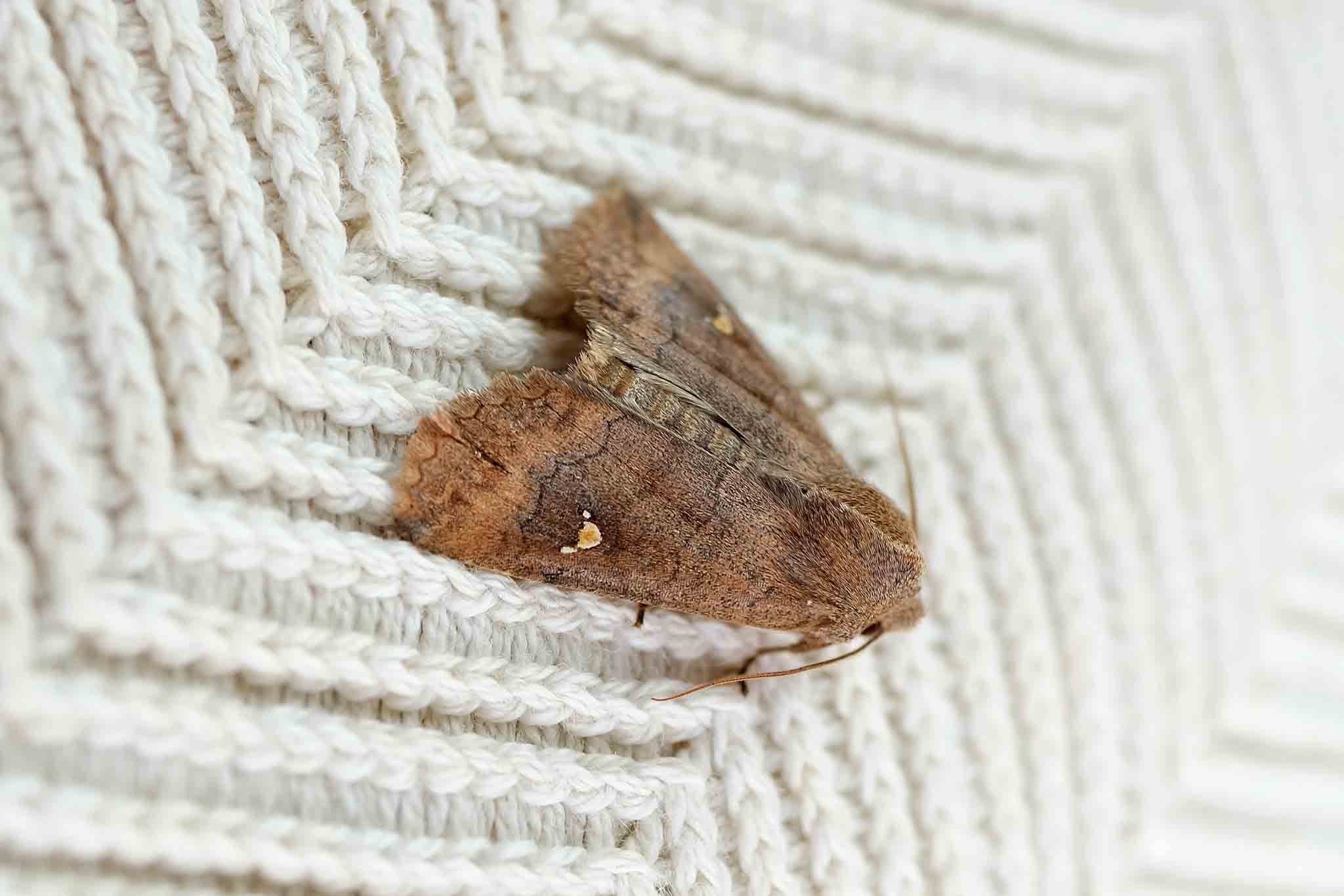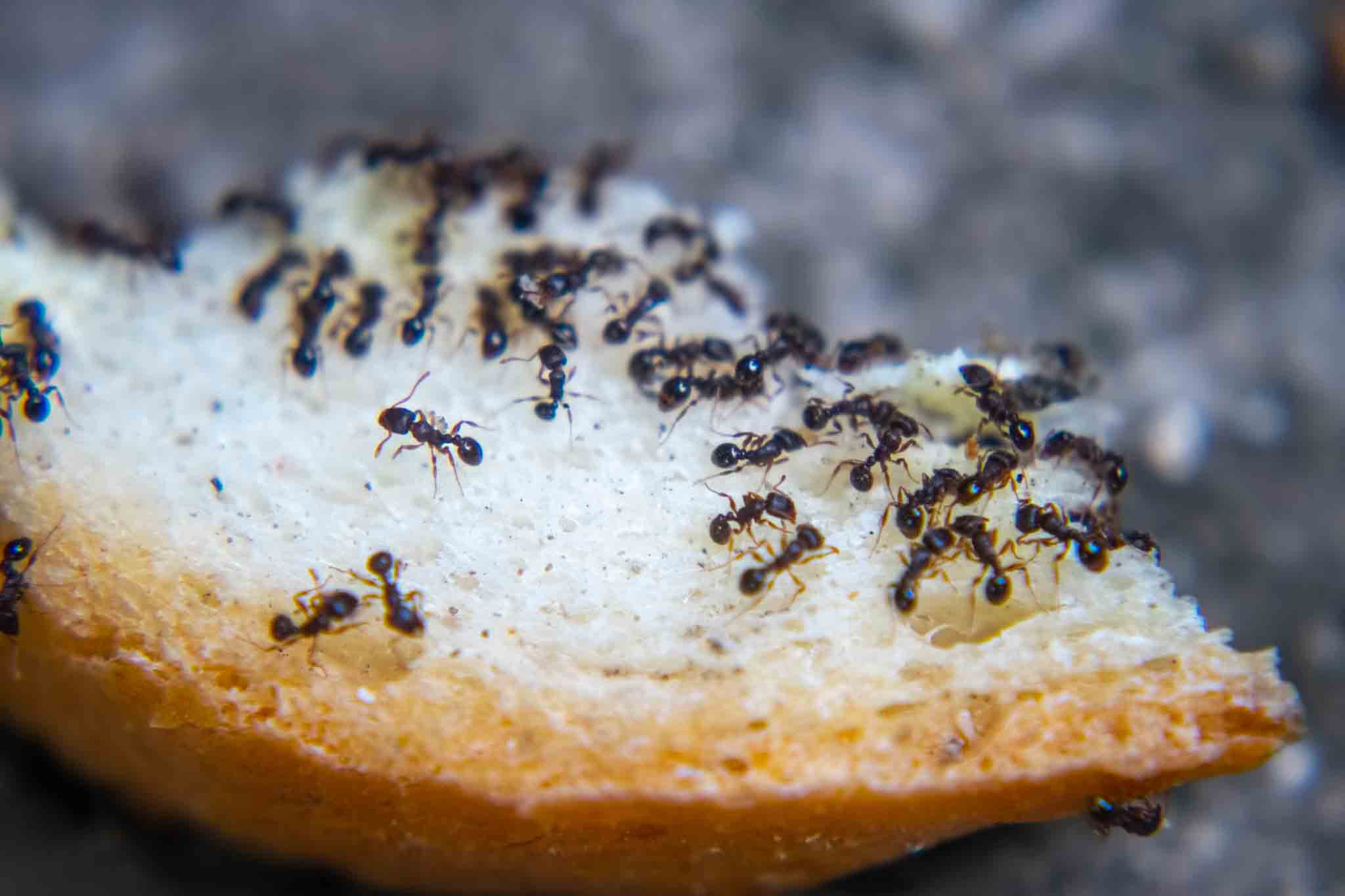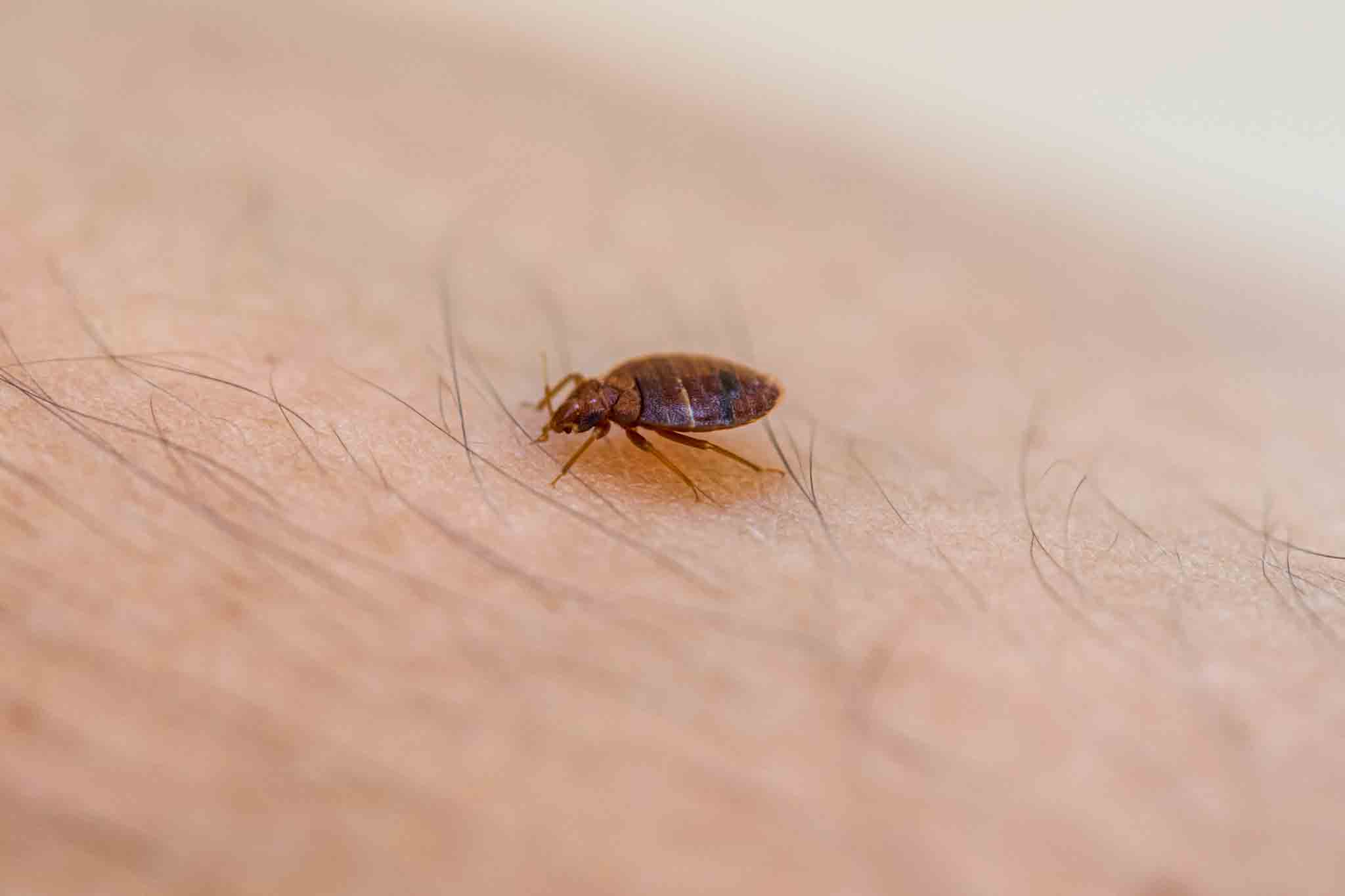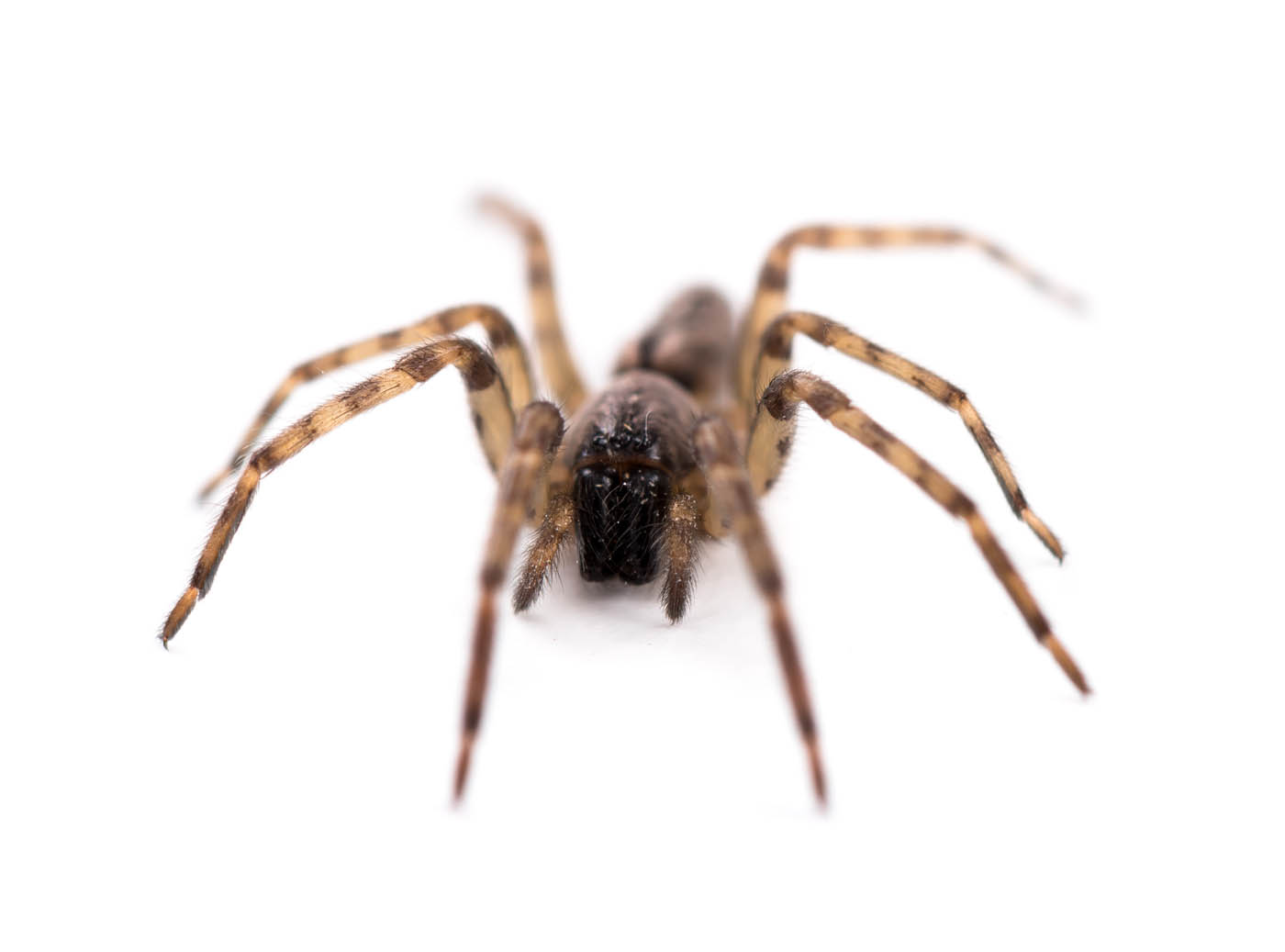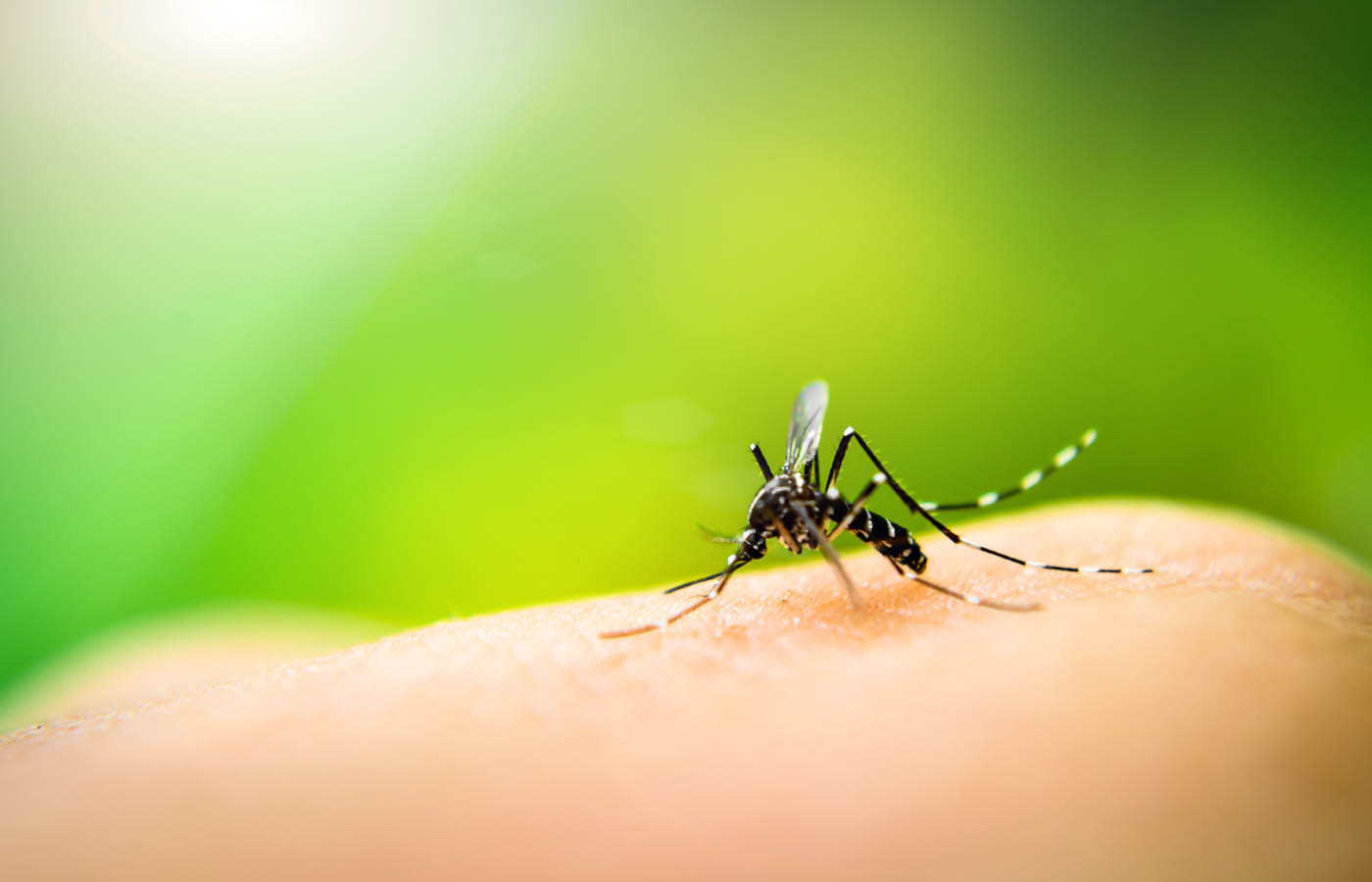Identification
Moths bear a striking resemblance to butterflies and are tiny-scaly insects. Their body is covered in hundreds of overlapping colorful scales that form different designs on their wings. Their scales are feeble and are transformed into powdery dust just by little contact.
Moths in Queens come in a variety of designs and hues. Some are dull and faded, whereas others are vibrant and shining. The hind wings and forewings are joined together by a frenulum, which enables the two sets of wings to function as a single unit. Moths also have hairy, leathery antennae ― that are comparatively larger in size than a butterfly’s antennae― and two big compound eyes.
They have a long straw shaped tongue called proboscis that is used to suck nectar and fluids from fruits and flowers. The size of the proboscis varies from species to species. Hummingbird is the only moth species with a proboscis larger than its main body.
-
Clothe Moths
It’s difficult to spot cloth moths at an early stage in their lives because their larvae are tiny. They can sneak into your wardrobes, drawers, and any other place that has items made out of natural fibers.
Mature cloth moths are typically .5-1cm in length and have a light brown appearance. They prefer to travel on foot and rarely take flight. You might often see them plodding on floors.
-
Carpet Moths
The larvae of carpet moths are also microscopic, just like their clothes-consuming relatives, making them really difficult to detect at an early stage. Sometimes, homeowners get wind of carpet moth activity when they’ve already reduced the carpet to bare threads. It’s not just carpet that these moths feed on.
They also happily eat cushions, furniture, and other similar natural items containing natural fibers. An adult carpet moth is relatively larger in size than a clothe moth and has a characteristic zigzag design on its wing that is creamy or muddy brown in color.
-
Food Moths
Food moths mostly inhabit pantries and kitchen cupboards. They are fond of flour, cereal, oats, and other foods rich in carbohydrate and protein content. They don’t cause food poisoning but may cause mild intestinal discomfort when ingested along with the food.
Adult food moths are small ― around 1 cm in length. They resemble adult clothing moths. However, their wings have two different shades that divide them into two distinct sections. The lower half of the wing is dark brown, and the upper half is pale-yellow or cream colored.

